A time machine hurls you into the year 1665 and you end up in the ballroom of the Palace of Versailles in Paris. The 27-year-old, luxurious Louis XIV is King of France. However, you only have a brief opportunity to admire the young monarch in his elegant and sinfully expensive fur coat, because at this moment the royal court orchestra starts playing.
You panic – after all, you have no idea about the French court dances of the 17th century, and stumbling across the dance floor like a blind chicken in front of the eyes of the most powerful man in Europe is certainly not recommended. Don’t worry – Adrian is a very progressive Music Theory MentOWL and has travelled through time with you.
What you will read in this article:
It is time to prepare for the ball season. Do you want to show yourself from your best side not only on the dance floor but also in small talk? Then read the mini article series about dance music here in the StarkConductor Blog. In today’s first part: French court dances in the 17th century.
The other parts of the mini article series about dance music:
The "evergreens" among the French court dances

Adrian, the Music Theory MentOWL:
“Three of the most popular dances at the French court of Louis XIV were the courante, the bourrée and the gavotte. Whoever knows these three dances is on the safe side.”
Thank you, Adrian – but couldn’t you be a little more specific? You know, time is pressing. The court orchestra is already preparing for the upbeat … Upbeat? That is the solution!
How to recognize every dance
If you listen to dance music and want to find out what kind of dance it is, three factors will help you:
- The upbeat
- The time signature
- The tempo
Noble, but spicy: the courante
Let’s start with the courante. The courante was the perennial favorite among the dances in 17th century France. The French scholar Antoine Furetière (1619-1688) even said that the courante was “the most common of all dances practiced in France”.
This certainly has something to do with the character of the courante: it is an extremely noble dance, but it is peppered with all kinds of rhythmic finesse. In short: noble, but spicy. Goes perfectly with French cheese. I digress. Adrian, where were we?

Adrian, the Music Theory MentOWL:
“The courante (French: the “running”) is a lively dance in triple metre, usually with a quarter note as an upbeat.” 1
Thanks, Adrian.
Isn’t it impressive how Adrian always manages to summarize the crucial information in such a small space? The courante usually has a quarter note as an upbeat, is in triple metre (you can read more about time signatures here) and is fast (I have already explained the term “tempo” here together with Adrian). That sounds like this, for example:
This recording comes from the European Archive and is part of the Public Domain. It is not subject to any restrictions regarding copyright and related or neighbouring rights.
If you are already a professional in classical music, you have of course noticed that this music example is a courante by the German composer Johann Sebastian Bach (namely from the Orchestra Suite BWV 1066). Louis XIV would probably not have allowed this suite to be played at his Parisian court. But this piece (and the two following ones) is so well suited to explain the dance forms that I simply had to use it. Please forgive me this historical blurring.
Attention, danger of stumbling! The bourrée
I promise not to digress into the French cheese world this time. Instead, I will try to explain the bourrée all by myself, without Adrian’s help. The bourrée resembles the courante in two characteristics: The upbeat of the bourrée also takes up the space of a quarter note (instead of a quarter note, two quavers could also be written – the duration of the upbeat remains the same anyway), and the tempo is also fast. However, the bourrée differs from the courante in its time signature: while the courante is in triple metre, the bourrée is a dance in fast duple metre. Listen for yourself:
This recording comes from the European Archive and is part of the Public Domain. It is not subject to any restrictions regarding copyright and related or neighbouring rights.
Now that I have managed to explain the bourrée so stringently, I might allow myself some gossip at this point (listen away, Adrian!): Believe it or not, it is quite difficult not to stumble in the bourrée! Why? Because in the last bar of a bourrée phrase there is often (but not always) a syncopation. This can quickly cause a knot in your legs.
By the way: The bourrée is not a purely courtly dance. It was also a popular folk dance. However, there is disagreement among researchers as to whether the bourrée was first a folk dance which was then adopted by courtly society, or vice versa.
Noble, clear and straight: the gavotte

Adrian, the Music Theory MentOWL:
“The gavotte is a dance in duple metre. A half-bar upbeat is characteristic, often in the form of two quarters. The tempo is lively, but not too fast.”
Thanks, Adrian.
There is not much to add to this, except perhaps that there are also rather slower gavottes, especially in France. The French noblesse was probably mainly interested in forcing the “jumping” and cheerful character into a more cultivated corset. In contrast to the bourrée, the gavotte’s upbeat takes up half a bar (not just a quarter as in the bourrée).
A gavotte, for example, sounds like this:
This recording comes from the European Archive and is part of the Public Domain. It is not subject to any restrictions regarding copyright and related or neighbouring rights.
More from the dance world
Are you a dance professional now? As far as French court dances in the 17th century are concerned, definitely! So you don’t have to hide any more at the ball of Louis XIV. Nevertheless, I wish you and Adrian a pleasant journey back through time.
There are many other great dances that you have probably heard of. Viennese Waltz, Tango, Csárdás…Perhaps you were even treated to them in dance school in the past? The Csárdás, a Hungarian national dance, will be the subject of the next article of this mini series. Until then you can practice the steps… Or subscribe to the StarkConductor Newsletter. Then you will always know immediately when a new article of the mini series is released.

Jonathan Stark – Conductor
Hello! I'm Jonathan Stark. As a conductor, it is important to me that visits to concerts and operas leave a lasting impression on the audience. Background knowledge helps to achieve this. That's why I blog here about key works of classical music, about composers, about opera and much more that happens in the exciting world of music.

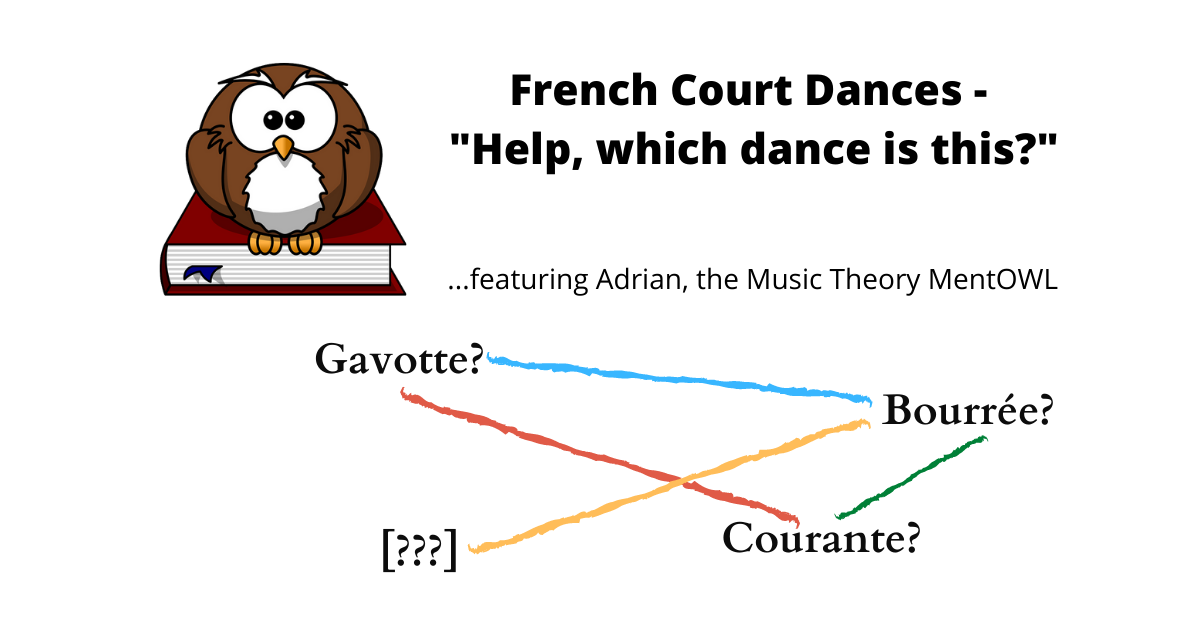
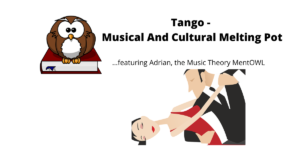
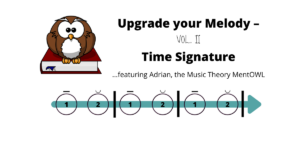

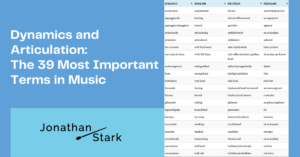
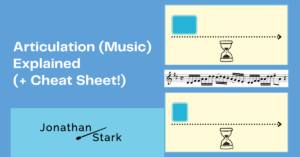
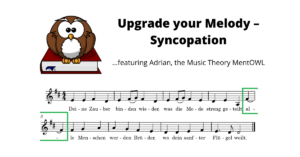
Hello, I would like to draw your attention to our collection of French dances, three booklets with dance descriptions (in German) and sheet music and audios for all dances (international). Everything is available completely free of charge. If you like, you can also link the page.
http://www.karsten-evers.de/franztanz/
Best regards
Karsten Evers
Thanks for the addition!